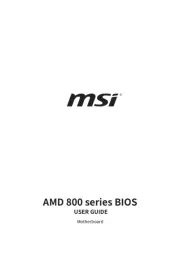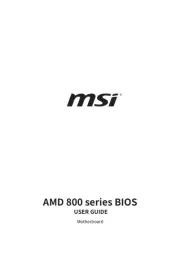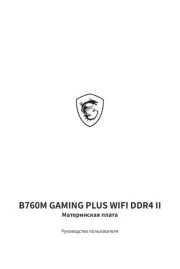Gigabyte GA-6VA+ Manual
Læs gratis den danske manual til Gigabyte GA-6VA+ (86 sider) i kategorien Bundkort. Denne vejledning er vurderet som hjælpsom af 18 personer og har en gennemsnitlig bedømmelse på 4.7 stjerner ud af 9.5 anmeldelser.
Har du et spørgsmål om Gigabyte GA-6VA+, eller vil du spørge andre brugere om produktet?

Produkt Specifikationer
| Mærke: | Gigabyte |
| Kategori: | Bundkort |
| Model: | GA-6VA+ |
Har du brug for hjælp?
Hvis du har brug for hjælp til Gigabyte GA-6VA+ stil et spørgsmål nedenfor, og andre brugere vil svare dig
Bundkort Gigabyte Manualer



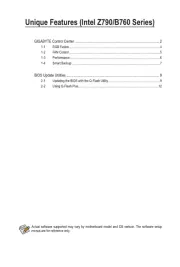

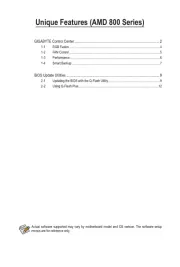
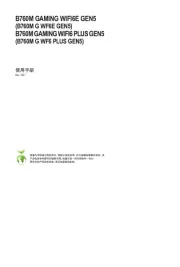

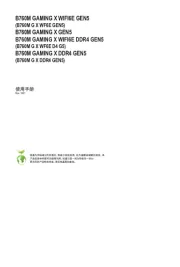

Bundkort Manualer
- Sapphire
- NZXT
- Sharkoon
- Evga
- Asus
- Advantech
- Elitegroup
- EPoX
- Biostar
- MSI
- Intel
- Foxconn
- Asrock
- Supermicro
- Zotac
Nyeste Bundkort Manualer






